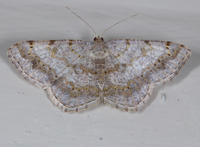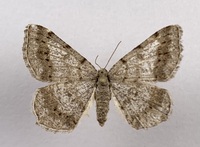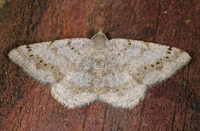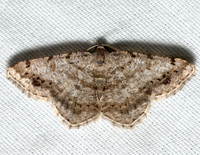
| Recorded by: David George, Kevin Bischof, Rich Teper, Patrick Coin on 2025-08-16
Transylvania Co.
Comment: | 
| Recorded by: Mark Basinger on 2025-08-13
Ashe Co.
Comment: |

| Recorded by: Mark Basinger on 2025-08-13
Ashe Co.
Comment: | 
| Recorded by: Mark Basinger on 2025-08-09
Ashe Co.
Comment: |
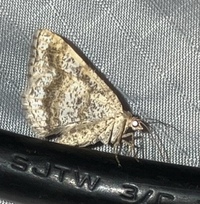
| Recorded by: Ken Kneidel on 2025-07-13
Yancey Co.
Comment: | 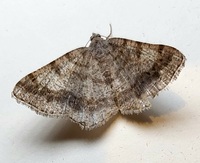
| Recorded by: Mark Basinger on 2025-06-25
Buncombe Co.
Comment: |

| Recorded by: Jim Petranka, Mark Basinger and Becky Elkin on 2025-06-25
Mitchell Co.
Comment: | 
| Recorded by: Mark Basinger on 2025-06-24
Buncombe Co.
Comment: |

| Recorded by: Mark Basinger on 2025-06-23
Buncombe Co.
Comment: | 
| Recorded by: Jim Petranka on 2024-08-19
Madison Co.
Comment: |
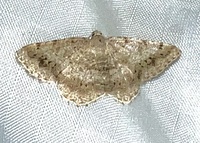
| Recorded by: Ken Kneidel on 2024-08-14
Yancey Co.
Comment: | 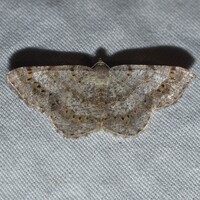
| Recorded by: David George, Jeff Niznik, Kevin Bischof on 2024-08-07
Transylvania Co.
Comment: |

| Recorded by: Jim Petranka on 2024-08-01
Madison Co.
Comment: | 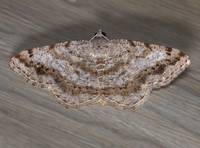
| Recorded by: Jim Petranka on 2024-07-22
Madison Co.
Comment: |
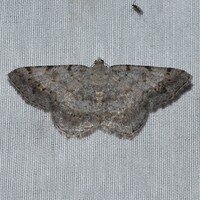
| Recorded by: Jeff Niznik on 2024-07-14
Watauga Co.
Comment: | 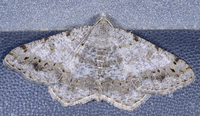
| Recorded by: John Petranka on 2024-07-10
Watauga Co.
Comment: |
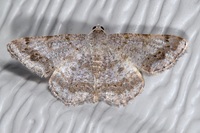
| Recorded by: Jim Petranka on 2024-07-07
Madison Co.
Comment: | 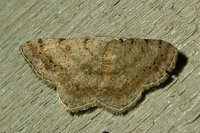
| Recorded by: Owen McConnell on 2024-06-17
Graham Co.
Comment: |
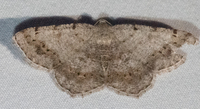
| Recorded by: Emily Stanley on 2024-06-13
Buncombe Co.
Comment: | 
| Recorded by: K. Bischof on 2024-06-11
Transylvania Co.
Comment: |
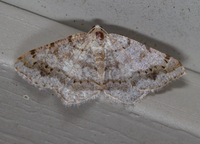
| Recorded by: Jim Petranka on 2023-08-22
Madison Co.
Comment: | 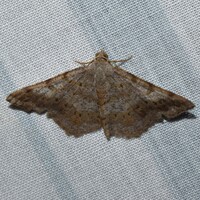
| Recorded by: David George, Stephen Dunn, Jeff Niznik on 2023-08-18
Caswell Co.
Comment: |
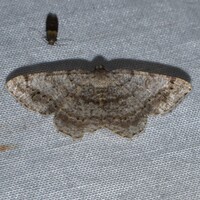
| Recorded by: David George, Stephen Dunn, Jeff Niznik on 2023-07-31
Macon Co.
Comment: | 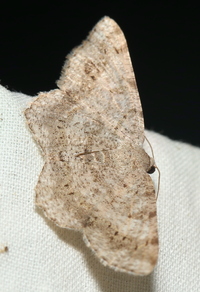
| Recorded by: David George, Stephen Dunn, Jeff Niznik, Rich Teper, Becky Watkins on 2023-07-30
Swain Co.
Comment: |
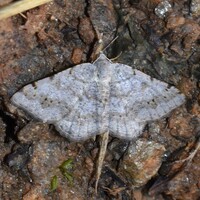
| Recorded by: David George, Stephen Dunn, Jeff Niznik, Rich Teper, Becky Watkins on 2023-07-29
Swain Co.
Comment: | 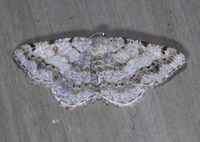
| Recorded by: Jim Petranka and Chuck Smith on 2023-06-29
Madison Co.
Comment: |

| Recorded by: K. Bischof on 2023-06-16
Transylvania Co.
Comment: | 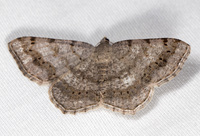
| Recorded by: John Petranka on 2022-08-07
Watauga Co.
Comment: |
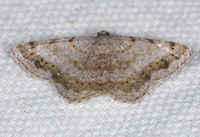
| Recorded by: Jim Petranka on 2022-06-27
Madison Co.
Comment: | 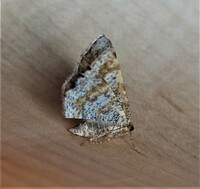
| Recorded by: Gary Maness on 2022-06-21
Guilford Co.
Comment: |
|

 »
»